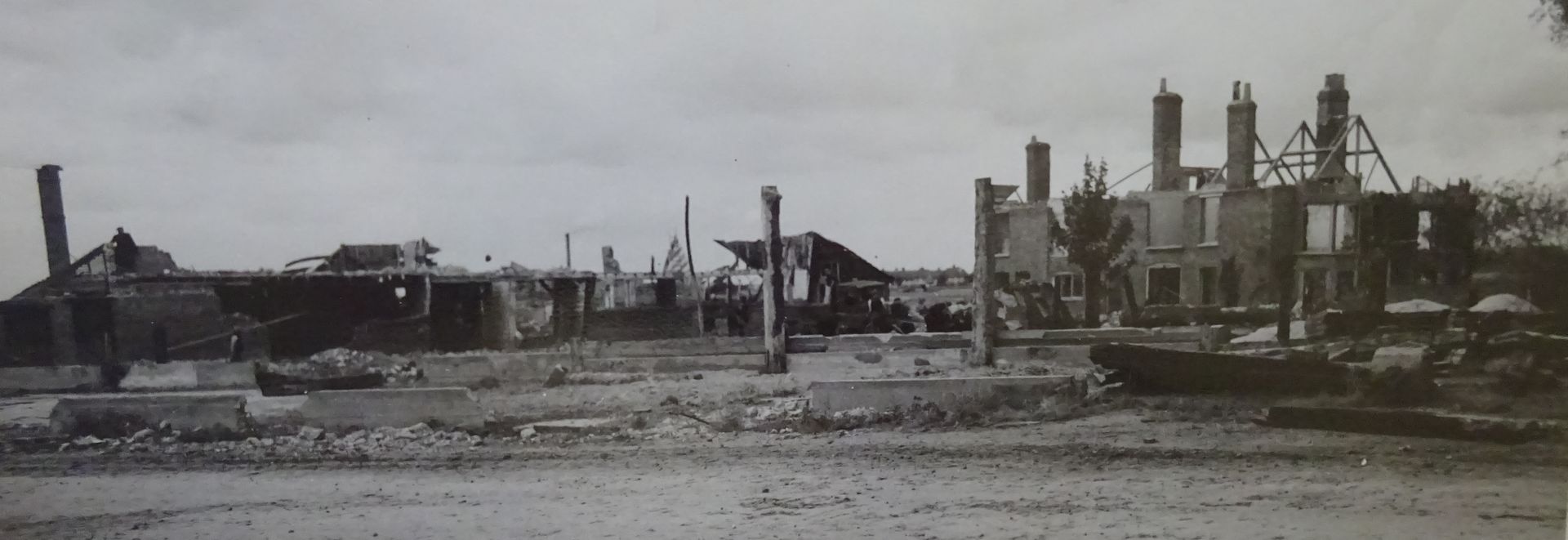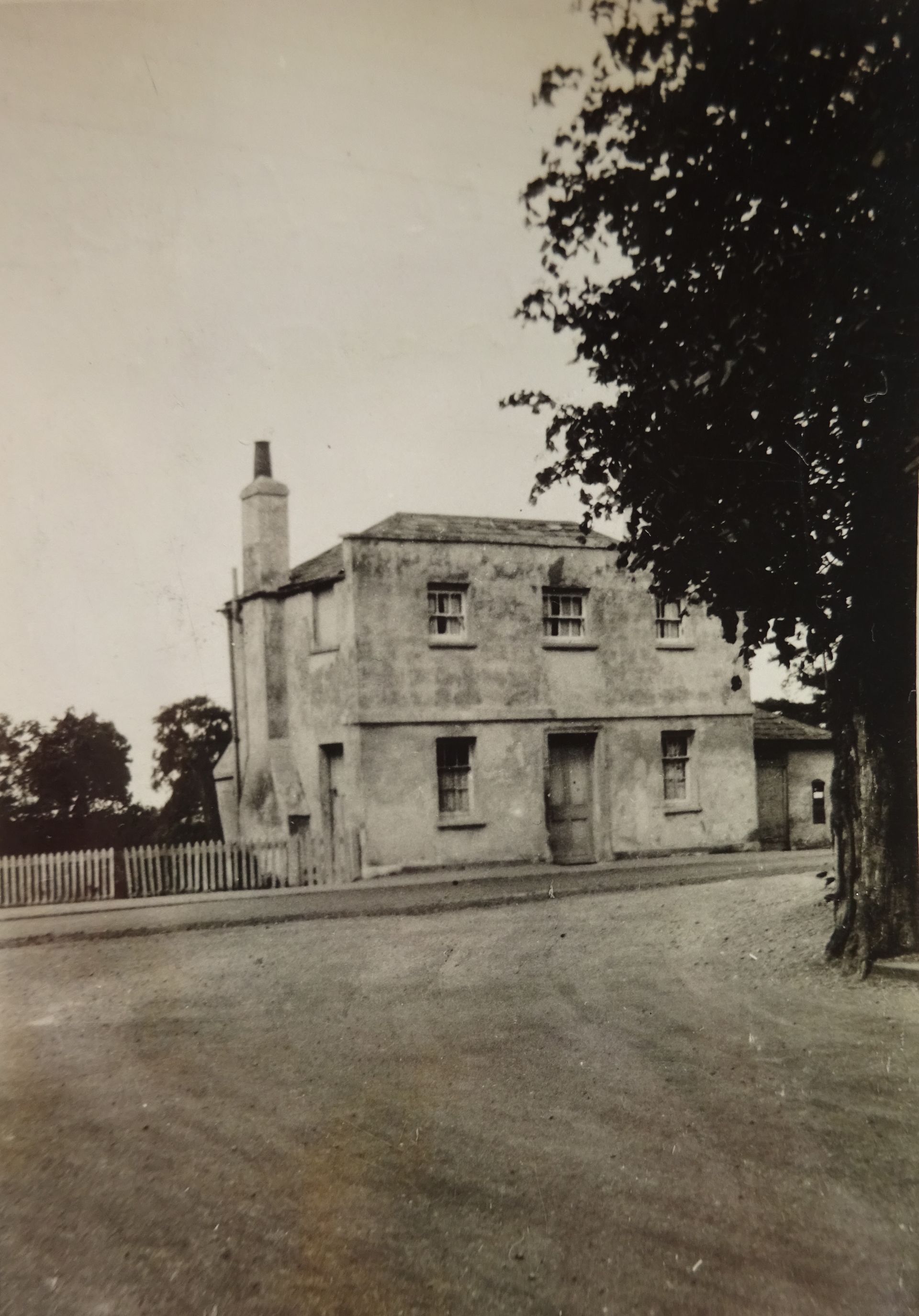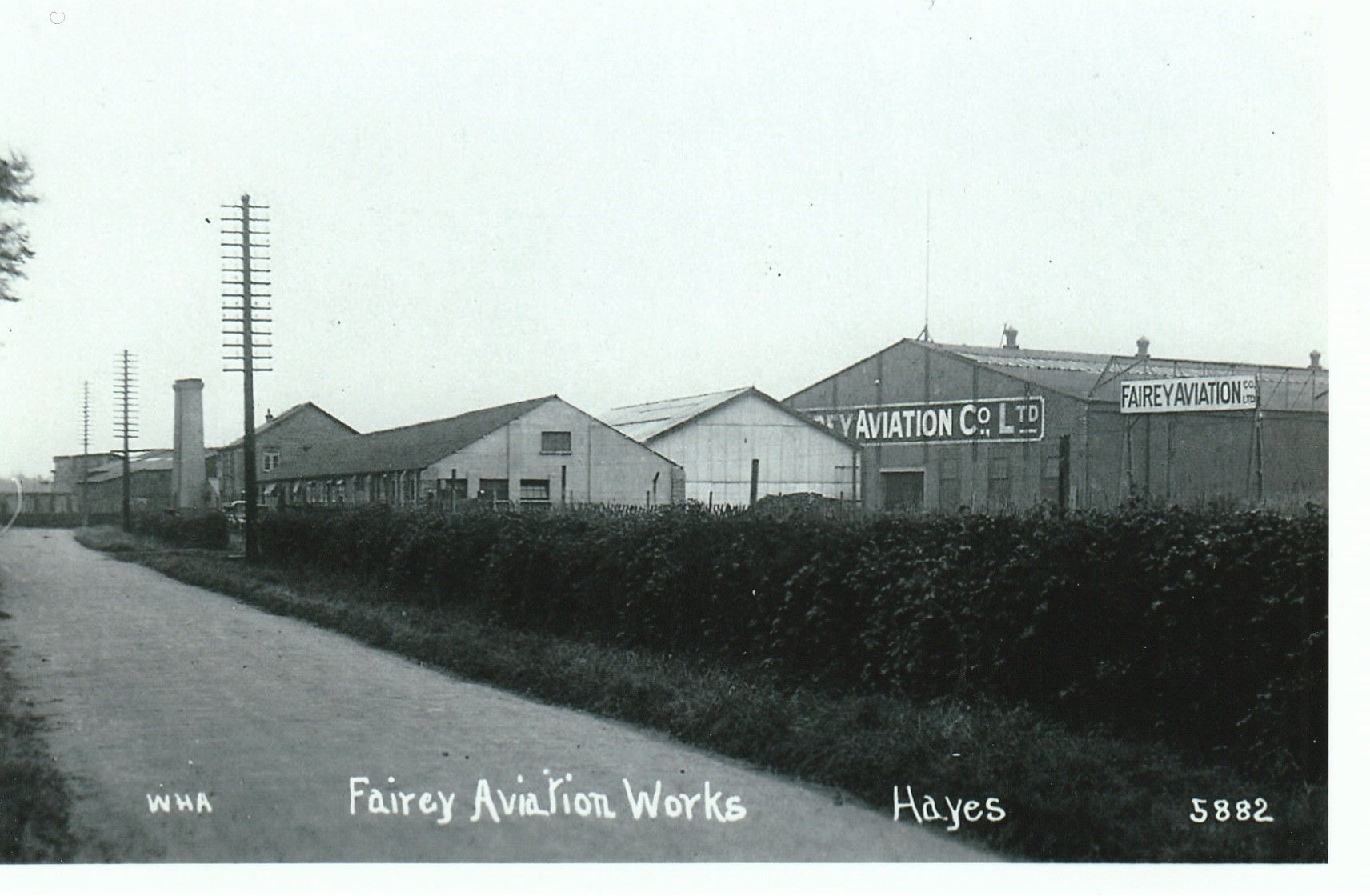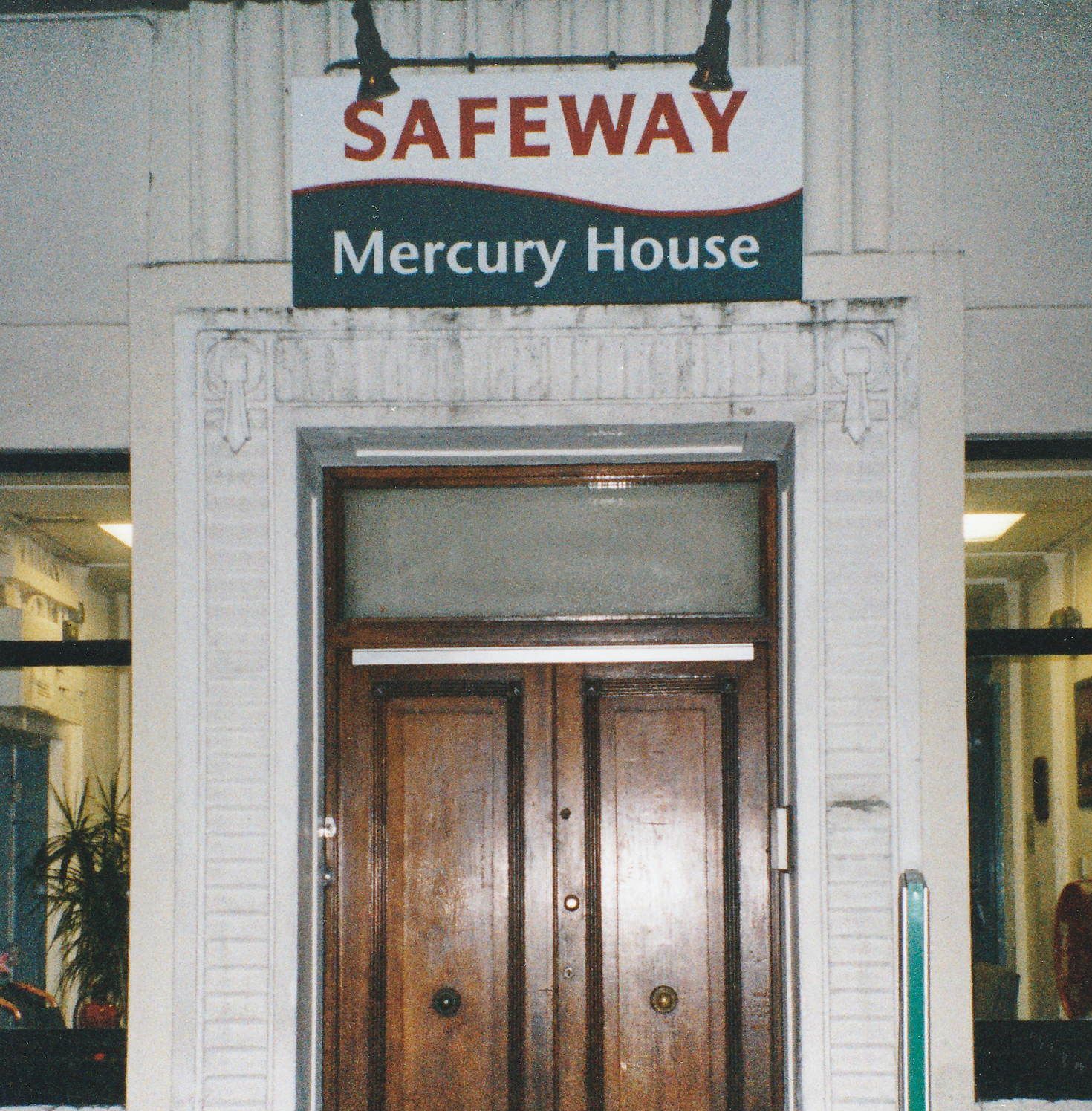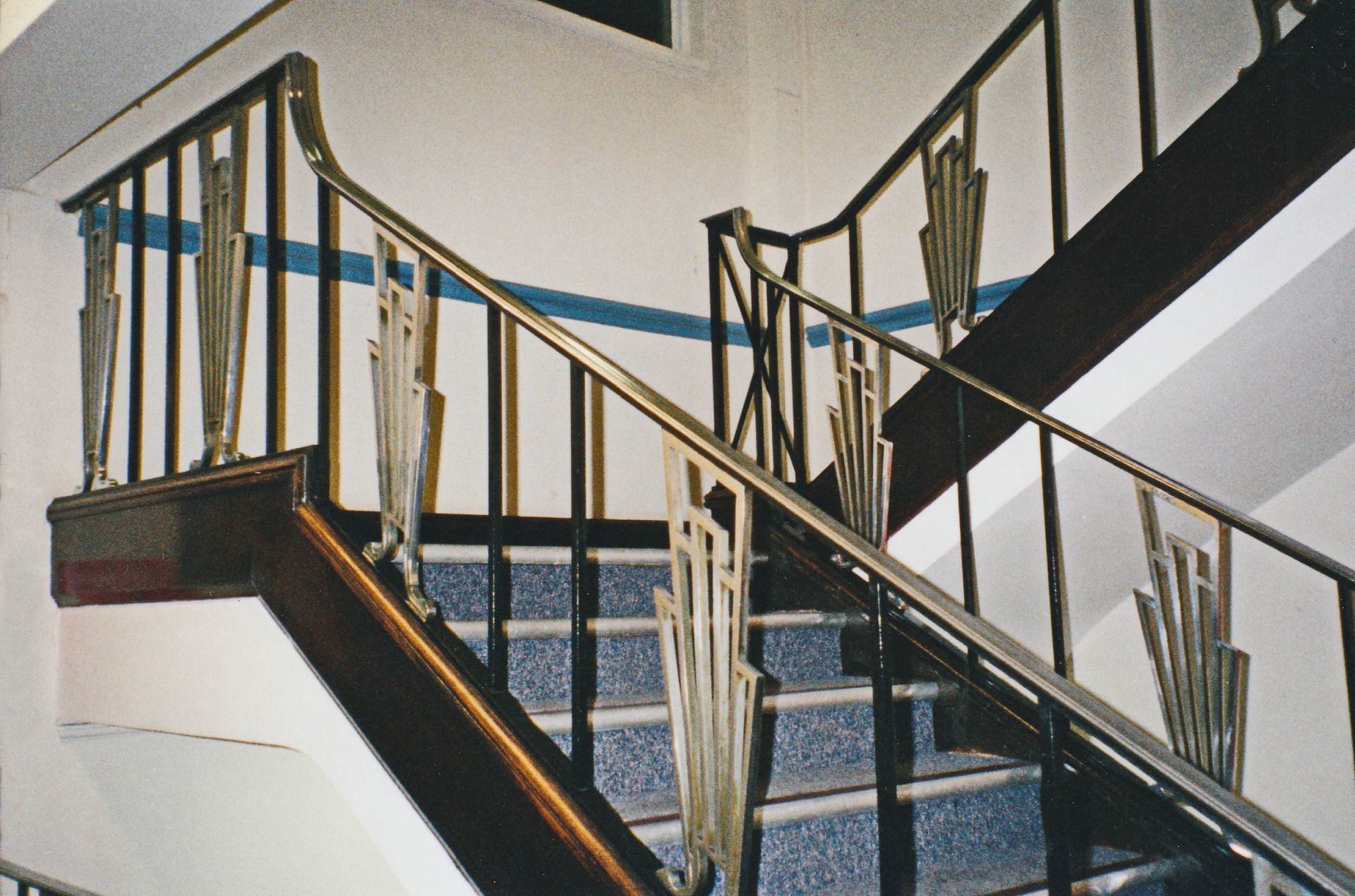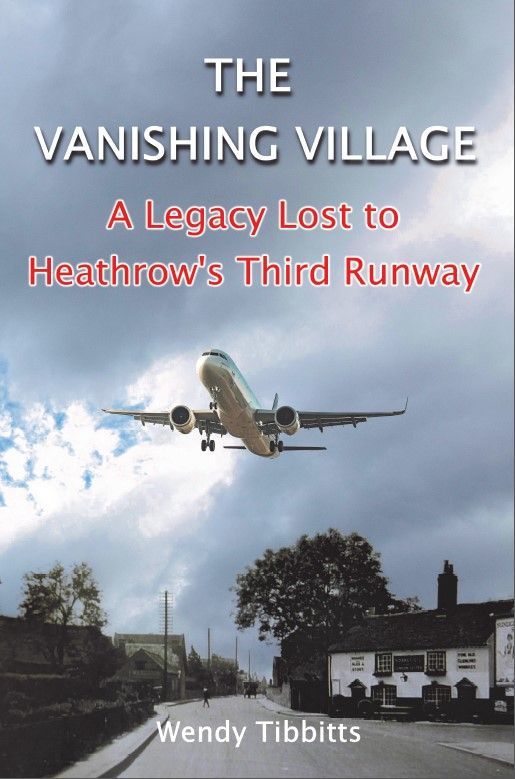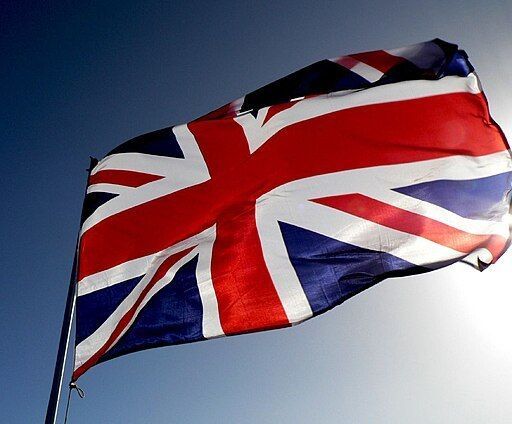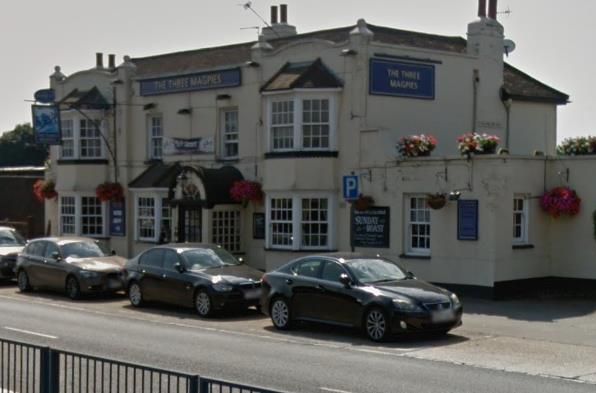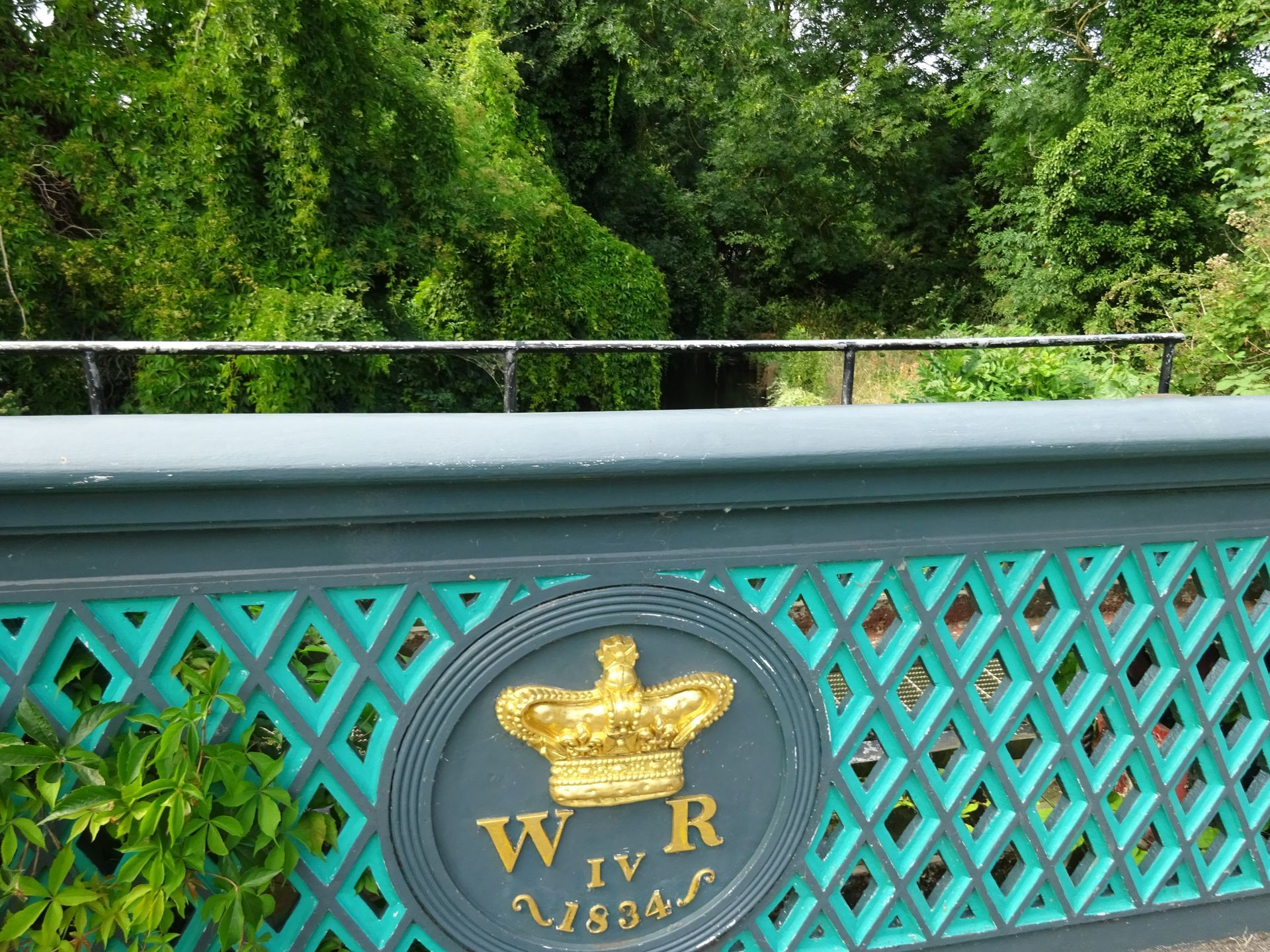Mercury House: The aviation history of Hayes, Middlesex
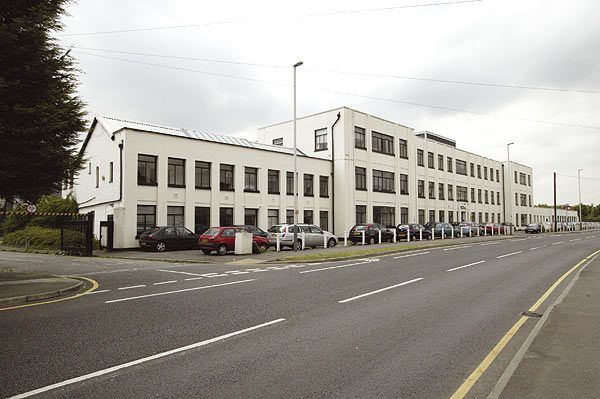
The Fairey Aviation Factory was a landmark on the North Hyde Road, Hayes, for half a century. Mercury House was built in 1926 as the main office block for the business, and contained Sir Richard Fairey’s office in which he entertained his most important guests, including Royalty.
At the beginning of the nineteenth century Hayes, Middlesex, was an agricultural area that developed into an industrial town with the building of the Hayes & Harlington railway station in 1868. Businesses bought up the land around the railway line and constructed new factories, knowing there would be a ready workforce in the new housing estates being built around the town. Two of the early enterprises, who “turned a village into a town”, were EMI at the Gramophone Factory in Blythe Road, and Fairey Aviation at North Hyde Road Hayes named after its founder.[1]
Charles Richard Fairey, (later Sir Richard Fairey), a gifted engineer, won a £200 first prize offered by Hamley’s toyshop for a flying model aeroplane in 1910.[2] He transferred his skills to designing full-size planes and five years later starting the aircraft manufacturing company that bears his name. After the formation of Fairey Aviation Limited in 1915, aircraft manufacturing began on the site at Hayes in five wooden sheds which cost £807.6s.8d to build. The first brick built office building cost £1013.18s.5d.[3] By 1928 the Hayes factory covered 19 acres of land, and had a workforce of 1500.
The Fairey Factory built both float planes and biplanes for the WW1 war effort. After the war more military planes were developed and made at Hayes. By 1934 the torpedo bomber biplane called the Fairey Swordfish, affectionately known as the ‘stringbag’, by the Fleet Air Arm, was in service. The Swordfish played a part in the sinking of the Bismark in WWII.
In 1940 King George VI and Queen Elizabeth visited the factory, and no doubt were entertained in Mercury House. In 1954 Prince Philip toured the factory with Sir Richard Fairey. His visit to Hayes was greeted by a crowd of 300 people outside the factory. Afterwards the Duke was given lunch in Mercury House by Sir Richard and the Board of Directors.[4]
The first planes manufactured at Hayes were taken to Northolt Airport for flight testing. However in 1929 the Government declined to renew Fairey’s lease on Northolt and the search was on for a new testing ground as close as possible to Hayes. The company brought 178 acres of farmland in the hamlet of Heathrow from four different sellers in the early part of 1929 and increased this area by another 29 acres a year later. As well as a grass runway the company had a large hanger. It was known as the Great West Aerodrome. Fairey hoped to make the airfield a manufacturing base and bought more land in 1939, 1942 and 1943 making a total of 240 acres.[5]This airfield continued to be used for flight testing until it was requisitioned by the Air Ministry in 1944 under the Defence of the Realm Act, for which there could be no appeal and no right of compensation. Concrete runways were built on all this and the surrounding requisitioned farmland and in 1946 it become London Airport. The seizure of the Fairey airfield was a major financial blow to the company and devastating for Sir Richard. It was not until 20 years later that compensation was paid by the Government. In 1960 The Westland Aircraft Company acquired Fairey Aviation Limited with aircraft manufacturing continuing at the Hayes Factory until the premises were sold in 1972. Only, Mercury House, the art deco Fairey Aviation Head Office, remained.
Safeway Stores (formerly Argyll Foods) took over several office buildings on what had become known as the Westland Trading estate in 1986.[6]These included Mercury House. It was the last remnant of the original Fairey Aviation factory, and contained Sir Richard Fairey’s office and many art deco features including a magnificent staircase. Safeway used it as offices, but it was not an efficient building with high ceilings and no lift. However the planning authorities felt the Art Deco building should be preserved and refused permission for Safeway to replace it. Safeway Stores Head Office relocated to Bradford after being taken over by Morrisons in 2004, and Mercury House was vacated. By 2007 the Hillingdon Council planning committee were persuaded that after standing on the site for nearly eighty years, Mercury House could be demolished and with it disappeared another piece of Hayes industrial heritage. A Premier Inn has now been built on the site today.
[1]Hayes & Harlington Gazette - Wednesday 27 June 1990
[2]The Bossington Estate. https://www.bossingtonestate.com/history
[3]Birmingham Daily Post - Friday 25 November 1955
[4]Uxbridge & W. Drayton Gazette - Friday 22 October 1954
[5]Sherwood, Philip, Heathrow: 2000 years of History, (Stroud, 1999)
[6]Companies House, London company-information.service.gov.uk
For more historical stories about West Middlesex:
“Longford: A Village in Limbo” by Wendy Tibbitts.
For a Look Inside option for this book go to https://b2l.bz/WUf9dc
